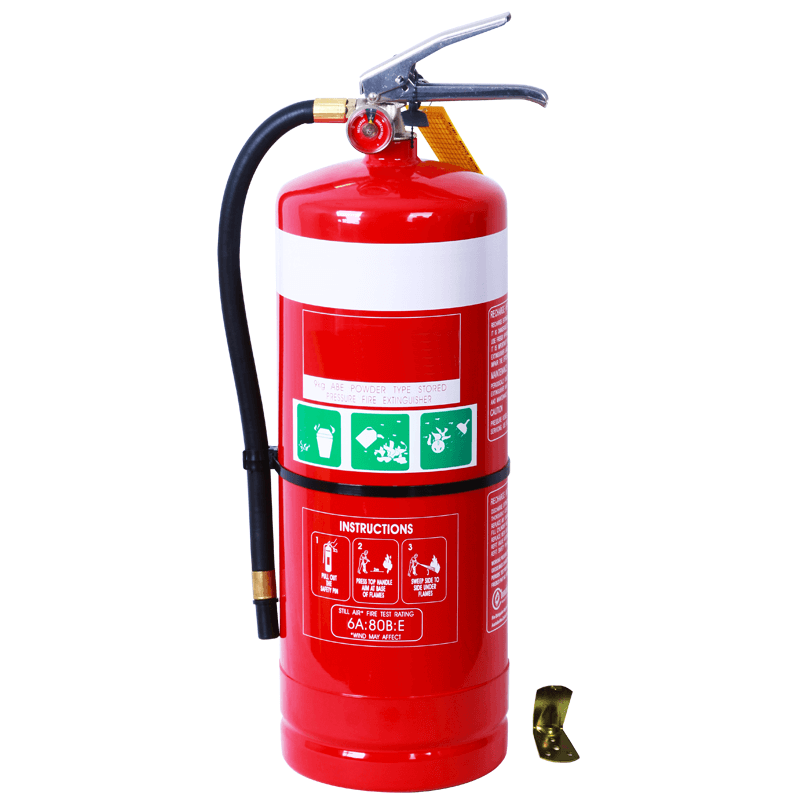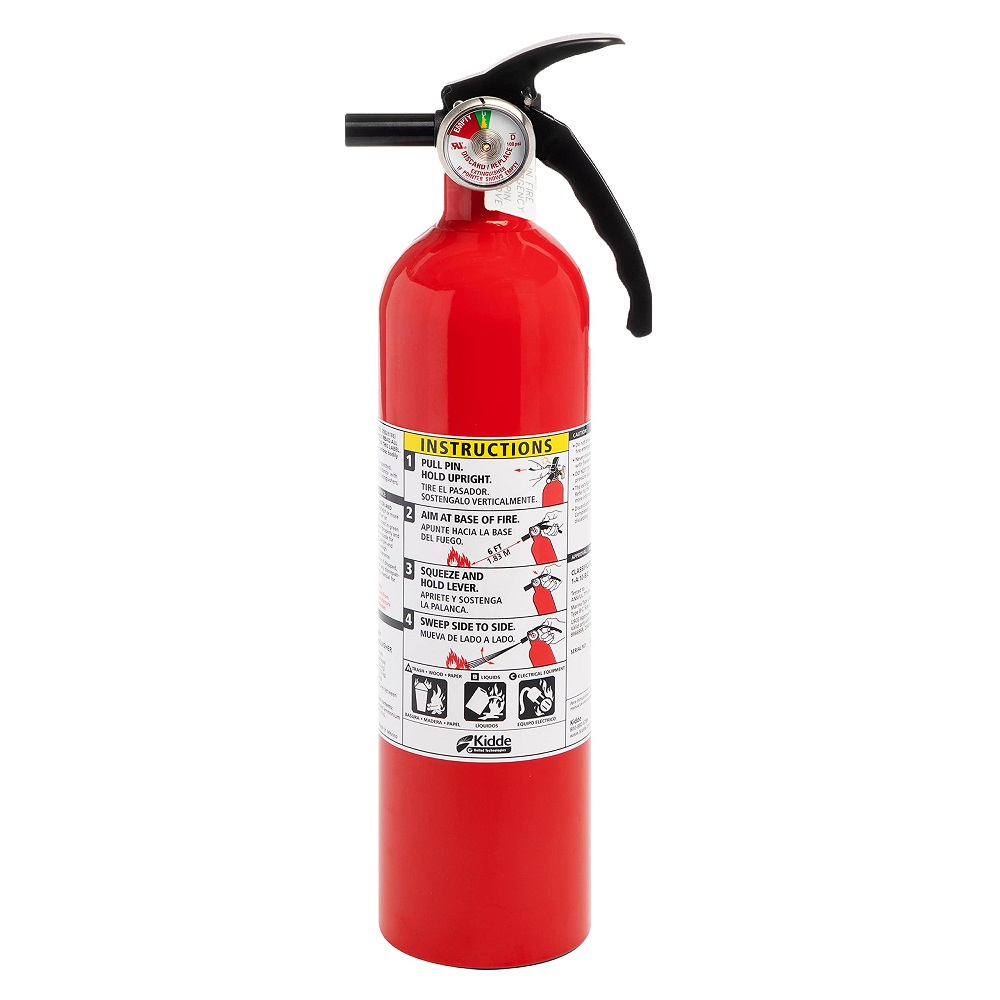Importance of Regular Fire Extinguisher Inspections
Regular inspections of fire extinguishers are critical for several key reasons. First and foremost, they ensure that in the event of a fire, your extinguishers are ready to operate effectively. Fires can occur suddenly and escalate quickly, so having a functional fire extinguisher could mean the difference between a small incident and a devastating blaze.
Additionally, through routine checks, you can identify and address common issues. These include low pressure, obstruction of access, or signs of wear and tear that could impair performance. Spotting these problems early allows for timely maintenance or replacement, thus preserving the safety of occupants and property.
Moreover, inspections help comply with the legal and safety regulations that govern fire safety equipment. Failing to maintain operable extinguishers can lead to fines, liabilities, and more importantly, endanger lives. Fire extinguisher inspection requirements mandate that extinguishers are inspected monthly and serviced annually by qualified individuals.
By adhering to a regular inspection schedule, businesses and homeowners contribute to a safer environment. They protect lives, prevent property damage, and ensure that in a critical moment, their fire extinguishers will perform as expected. Educating staff on how to perform a basic inspection can also be beneficial, fostering a culture of safety and vigilance within your organization or household.
In essence, regular fire extinguisher inspections serve as a fundamental aspect of any effective fire safety strategy. They are an investment in safety and peace of mind, safeguarding against the unpredictable nature of fire hazards.

Legal and Safety Regulations for Fire Extinguishers
Maintaining fire extinguishers is not just practical; it’s a legal necessity. Recognizing the fire extinguisher inspection requirements tied to legal and safety regulations helps ensure compliance and safety. Let’s explore these rules.
Understand Fire Extinguisher Standards
In Singapore, specific standards guide the maintenance and inspection of fire extinguishers. These standards require monthly check-ups for commercial buildings. Homeowners are not mandated by law but advised to follow similar practices for safety.
Professional Maintenance is Key for Compliance
Commercial entities must have extinguishers serviced annually by trained technicians. This servicing keeps fire extinguishers functional and compliant with the Singapore Civil Defence Force (SCDF) regulations.
Inspections Go Beyond a Glance
A quick visual check won’t cut it. A proper inspection involves verifying the extinguisher’s location, tamper seal presence, and pressure gauge status. The right range on a pressure gauge is critical; it should sit in the green zone, signaling readiness.
Expired Extinguishers are a Liability
Your business can’t afford the risk of expired fire extinguishers. They might not work or could turn hazardous. Regular checks and timely replacements are necessary to match SCDF codes.
Records Prove Compliance
Meticulous documentation of inspections and services proves adherence to fire extinguisher inspection requirements. Keeping accurate records avoids legal penalties and proves you prioritize safety.
Everyone Plays a Role in Safety
While a certified service provider must carry out official inspections, anyone can learn basic checks. Monthly in-house inspections are a good practice, supporting the safety of your environment.
By meeting legal and safety regulations, you not only comply with the law but also uphold the highest safety standards. Always stay informed of the latest regulations and best practices to keep your fire extinguishers—and your peace of mind—in check.

Steps for Conducting Fire Extinguisher Inspections
Conducting an inspection is simple but needs attention to detail. Here’s a step-by-step approach:
- Check Accessibility: Ensure the extinguisher is easy to reach and not blocked by objects.
- Examine Placement: Confirm that the extinguisher is in its assigned location and clearly visible.
- Inspect the Seal: Look for the tamper seal and safety pin. They must be intact.
- Assess Pressure: The gauge needle should be in the green zone, signaling proper pressure.
- Look for Damage: Search for any signs of wear, corrosion, or other physical damage.
- Verify Labels: Make sure the instruction labels are legible and facing outward.
- Check Weight: Lift the extinguisher to feel if it’s the correct weight, suggesting fullness.
- Record Findings: Note down any issues and the inspection date for records.
All these steps align with fire extinguisher inspection requirements. They help ensure extinguishers work when needed and comply with safety regulations. Regular inspections keep safety tools ready and workplaces secure.
Identifying Common Issues During Inspections
Identifying common issues during fire extinguisher inspections is crucial for ensuring safety and preparedness. Here are critical problems to look out for:
- Check Pressure Levels: It’s vital that the pressure gauge needle is in the green zone. If not, service is needed.
- Accessibility and Visibility: Fire extinguishers should be easy to reach and in a clear, marked location.
- Physical Condition: Inspect for dents, rust, or other damage that could affect functionality.
- Signs of Tampering: Ensure the safety pin and tamper seal are intact. Damage may indicate misuse or tampering.
- Legible Labels: Labels must be clear and readable to provide proper instructions during use.
- Proper Weight: Heft the extinguisher to confirm it feels full, indicating the agent inside hasn’t leaked.
- Expired Units: Replace extinguishers past their expiry date to avoid reliability issues.
Consistently addressing these fire extinguisher inspection requirements will ensure your safety equipment is reliable when needed the most. Additionally, understanding these issues enhances the ability to maintain compliance with safety standards.

Fire Extinguisher Maintenance and Servicing
Maintaining and servicing fire extinguishers is vital for safety. Both actions prevent malfunctions and ensure readiness. Here’s what to focus on for fire extinguisher maintenance:
- Schedule Annual Services: Engage a certified technician yearly. This is a standard for commercial spaces. It keeps devices compliant and functional.
- Conduct Monthly Inspections: Owners should inspect monthly. Even homeowners are advised to do so. This catches issues before they escalate.
- Check for Damage or Blockages: Look at the hose, nozzle, and body. Search for signs like rust or deformation. These can impede function.
- Verify Charge Levels: Use the pressure gauge. It should be in the green zone. Both overcharged and undercharged units need technician attention.
- Check Labels and Seals: Ensure instructions are clear and seals intact. They are essential for safe operation. Replace faded labels and broken seals.
- Record Every Service: Log all servicing details. Include dates and technician names. Records show compliance and help trace history.
Prioritize these maintenance and servicing steps. They align with fire extinguisher inspection requirements. They also ensure that extinguishers are ready when emergencies strike. Staying proactive is key to fire safety management.
Handling Expired or Damaged Fire Extinguishers
When dealing with expired or damaged fire extinguishers, certain steps are necessary to maintain safety and compliance with fire extinguisher inspection requirements. Here is what you should do:
- Identify Expired Units: Regularly check expiration dates. Expired extinguishers may not work and need replacing.
- Evaluate Damage: Look for visible damage like cracks, rust, or leaks. Damaged units are unsafe and require attention.
- Dispose of Properly: Don’t throw expired or damaged extinguishers in the trash. Follow local disposal guidelines or return them to a service provider.
- Replace Quickly: Get new extinguishers promptly to avoid gaps in fire readiness.
- Keep Records: Log all replacements and disposals. This helps track the history and proves compliance.
Expired or damaged fire extinguishers pose risks and fail to meet fire extinguisher inspection requirements. Handle them correctly to ensure the safety of all occupants and property. Remember, readiness for fires means having functional extinguishers available at all times.
Documentation and Record-Keeping
Effective documentation and record-keeping are essential components of fire extinguisher inspection requirements. They provide evidence of compliance with safety regulations and serve as a reference for maintenance history. Below are key practices for managing these crucial records:
- Maintain Inspection Logs: Keep detailed logs of every inspection, including the date, findings, and inspector’s name.
- Store Maintenance Records: Save all records of professional maintenance and servicing with the dates and technicians’ details.
- Track Extinguisher Life Cycle: Document the purchase, servicing, inspection, and disposal of each fire extinguisher.
- Ensure Accessibility of Records: Make sure all records are easily accessible for review during safety audits or by the SCDF.
- Update Tags and Labels: Attach updated inspection tags and labels on extinguishers post-inspection to display the latest status.
- Use Digital Tools: Consider digital solutions for record-keeping to streamline the process and reduce paperwork.
By adhering to these practices, organizations can efficiently manage fire extinguisher records, ensuring a high level of safety and readiness for any fire emergency.
Best Practices for Fire Safety Management
Adopting best practices for fire safety management is vital for safeguarding lives and property. Follow these steps:
- Implement Routine Inspections: Commit to regular monthly checks, even if not legally required. This ensures continuous readiness.
- Educate Everyone Involved: Train employees and household members. Everyone should know how to use fire extinguishers.
- Create Clear Signage: Display signs that point to fire extinguishers. Signs increase visibility and quick access.
- Establish an Evacuation Plan: Have a clear evacuation strategy. Practice it regularly with all occupants.
- Install Appropriate Fire Extinguishers: Equip your premises with the right type of fire extinguishers for the specific risks involved.
- Maintain Unblocked Exits: Ensure exits and pathways to fire extinguishers remain clear always.
- Conduct Regular Trainings: Run fire safety trainings at least once a year. These sessions should teach fire risks and extinguisher use.
- Review and Update Safety Policies: Regularly assess and update fire safety policies to meet current safety standards.
- Use Inspection Tags: Attach tags to fire extinguishers. They log inspection history and maintenance dates.
- Invest in Fire Safety Technology: Consider alarm systems and smoke detectors. They offer early warning signals.
Consistent application of these fire extinguisher inspection requirements and safety measures can make all the difference during an emergency. Remember, prevention is better than cure, and proactive fire safety management is key.


